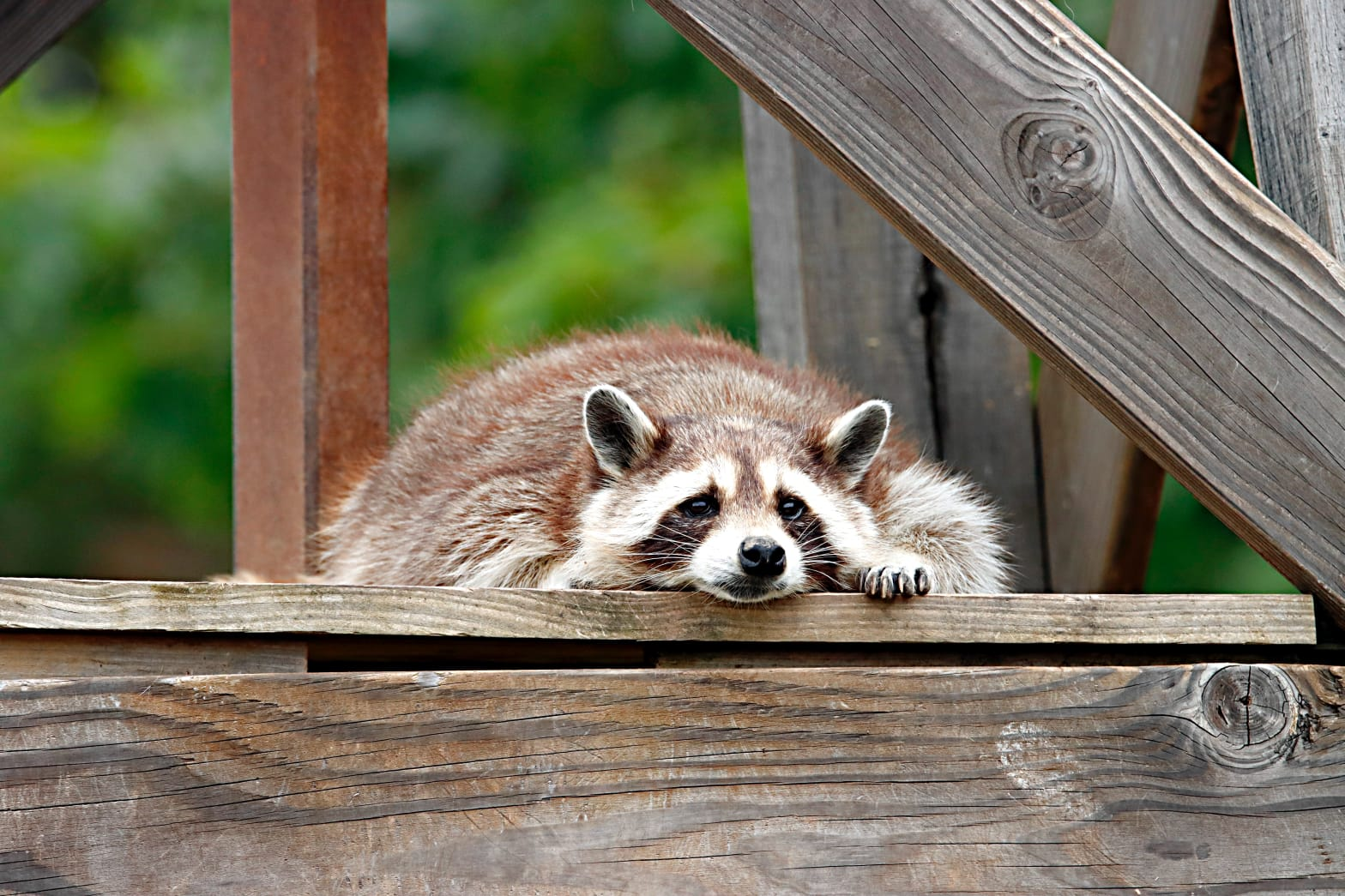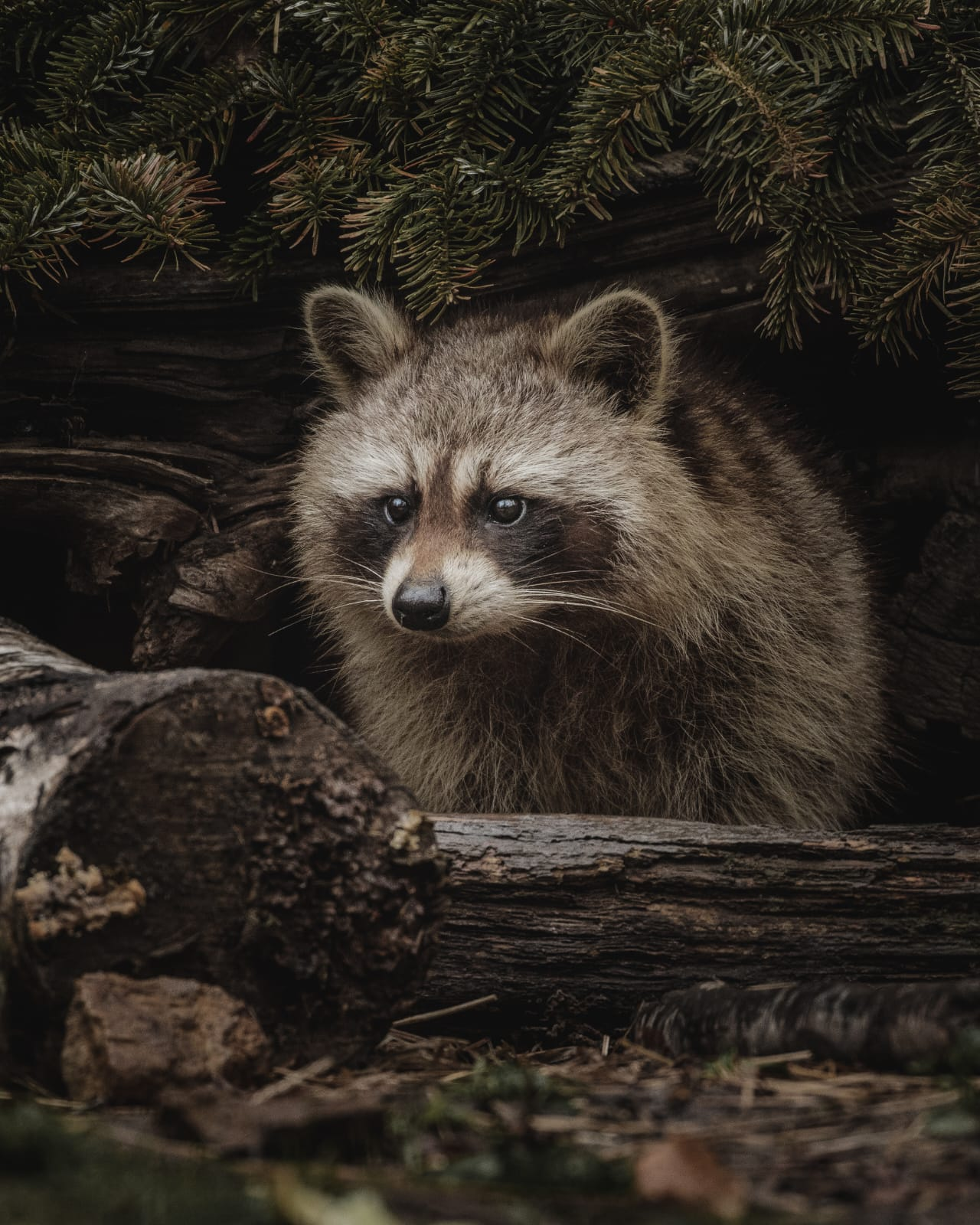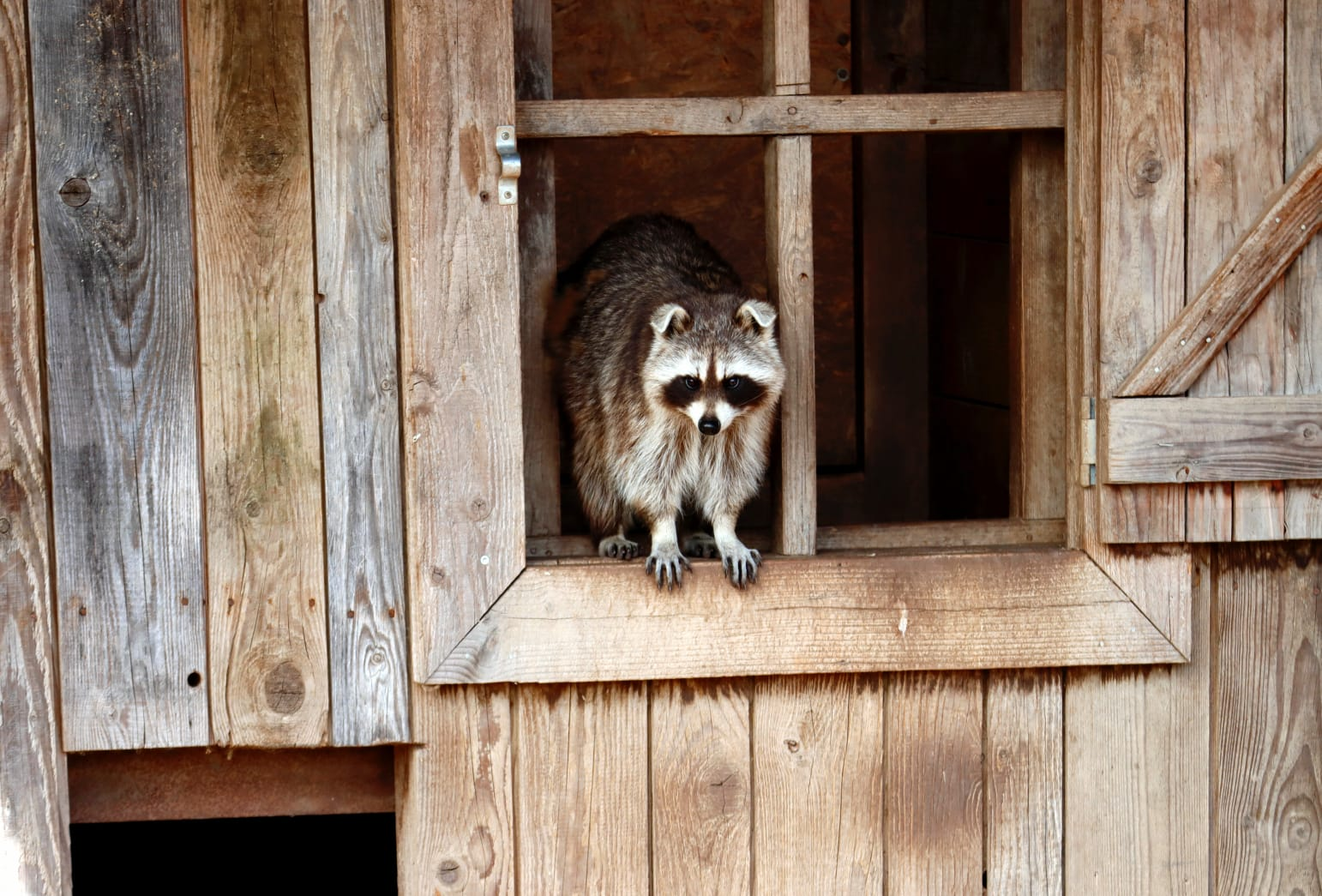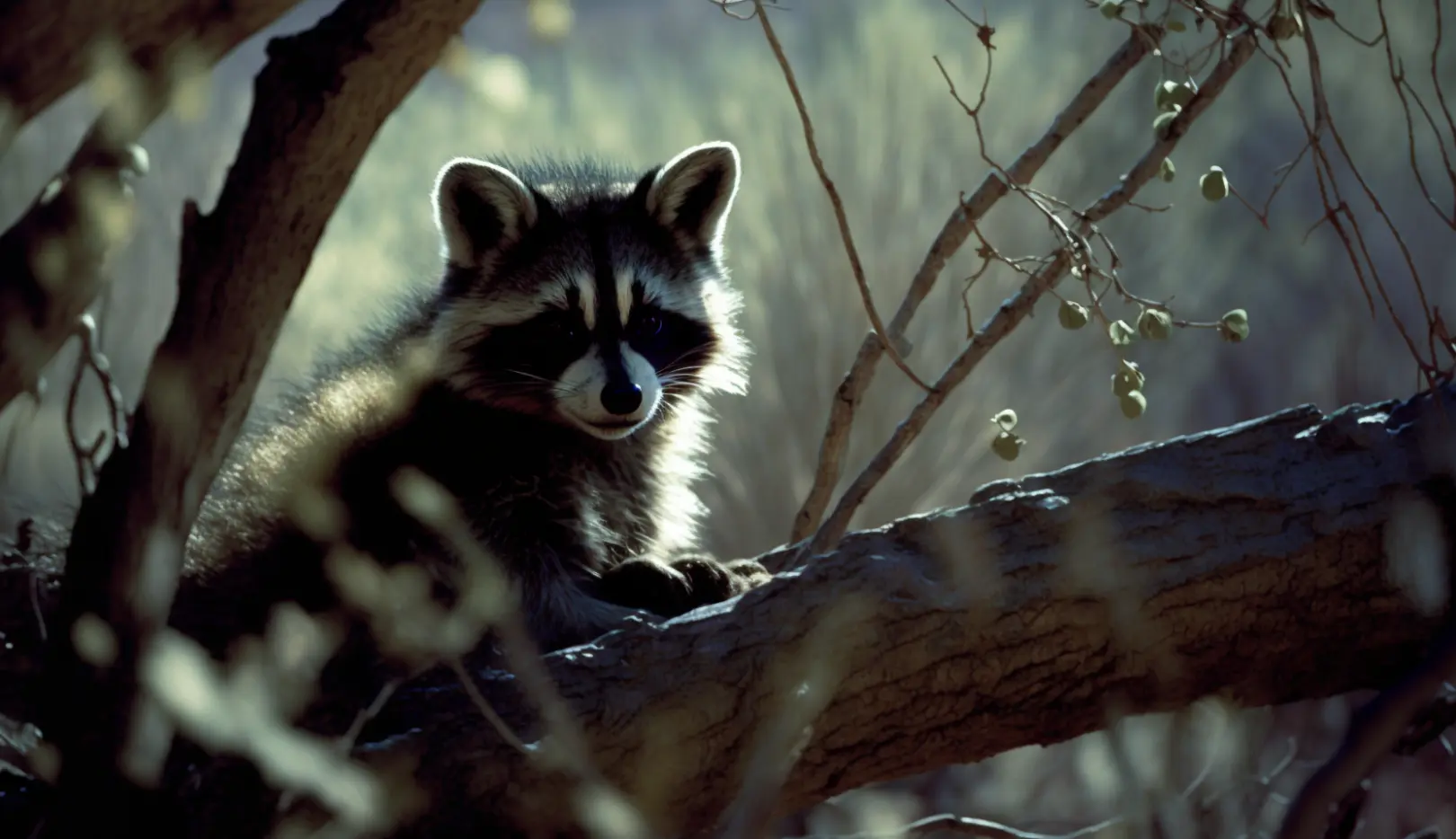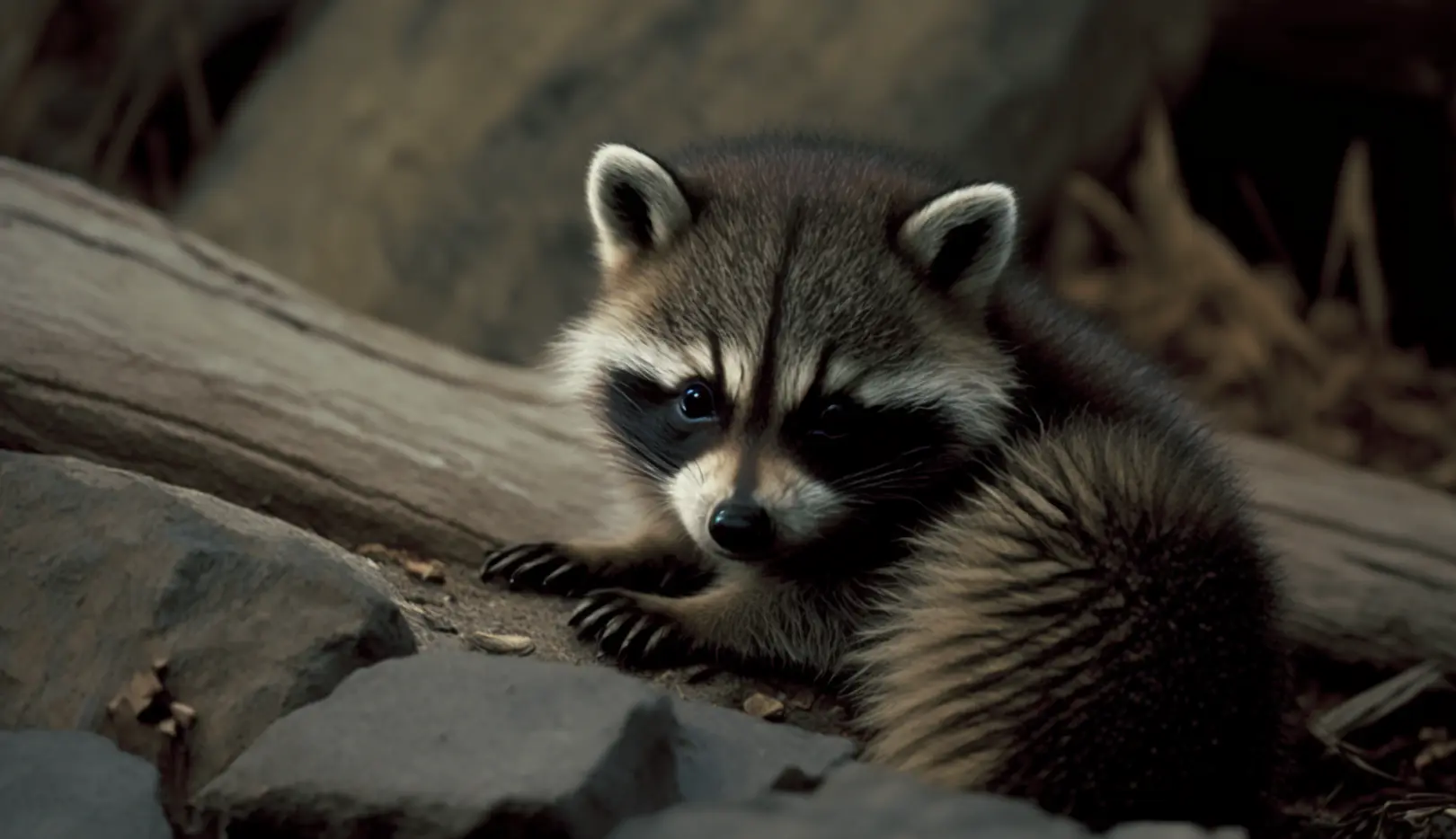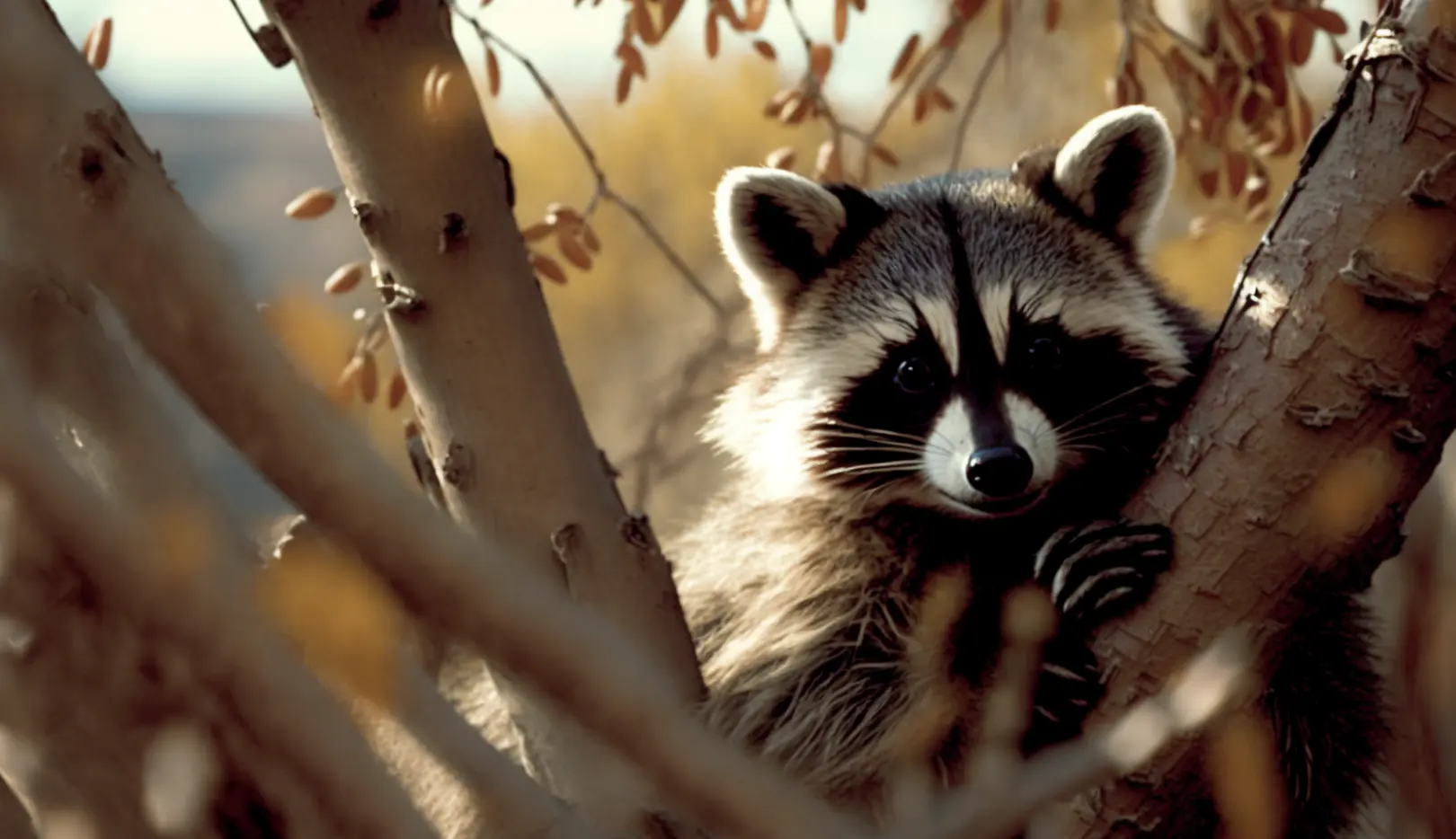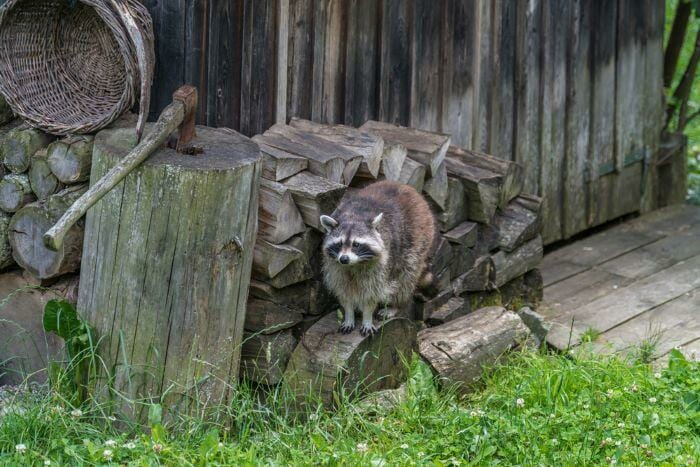
If you’ve ever been awoken in the middle of the night by the sound of growling and scratching coming from under your house, you are now at war with raccoons.
Raccoons are nocturnal carnivorous mammals with an appetite for salty and fishy food. They are usually attracted to damp and dark places that are elevated above the ground to provide their babies shelter from predators.
But how to get rid of raccoons under the house and how to get rid of raccoons under the deck?
The Raccoon Problem
These pesky creatures are ravenous food eaters. They will eat anything from strewing trash cans to chicken feed and even poultry. If you are wondering about how to get rid of raccoons under your house and deck in the months between January to September, there is a high probability that a mother raccoon is nesting under a structure with her babies.
Why are they here?
Raccoons find solace under your house to offer shelter, safety, and food to their offspring. An isolated location is the best choice for a mother raccoon to raise her babies peacefully.
It is always advisable to consult a wildlife removal service and get a pest control professional to carry out humane harassment in order to eradicate these intrusive and stealthy pests.
Dangers Of Raccoon Infestation
Deck raccoons can be a threat not only to your property but also to the health of your family. Just like other pests, raccoons cause many problems.
Electrical Damage by Mother Raccoon
Raccoon mothers and families tearing and chewing through electrical wires can leave unexposed wires which might result in a fire.
Insulation Damage by Adult & Baby Raccoons
You might have to replace insulation worth thousands of dollars if raccoons chew away paper or parts of the pipe. They might even nest inside the pipes.
Damage to Lawn from Raccoon Feces
Raccoons might dig holes under your vegetation and destroy your lawn by littering around their feces in the lawn, plants, and even outside the trash can.
Putrid Air Quality
These pests contaminate your house through urine and feces and you might have to breathe the unpleasant odor day and night unless you exclude raccoons.
Exterior Damage
By digging holes within the floor and walls, raccoons can seriously harm your property and give access to further pests. The floors can get moist, weakening the entire structure of your home.
Diseases
These wild animals spread diseases like rabies and baylisascaris which can cause serious injuries to yourself and your pet’s health.
These intelligent creatures may be a potential source of diseases that can be hazardous to humans and household pets, as they are known to consume bird seed, pet food, and other food sources even from compost piles.
How to Get Rid of Raccoons Under Deck & House
Here is a step-by-step guide to removing raccoons from your property humanely.
Inspect For Signs
The first step is to look for any signs of raccoons under your house. Raccoons are nocturnal and hide during the day. You might hear them under your floorboards at night looking for any leftover food, bird food, and pet food. So, the first sign is to look for unusual sounds at night.
Other Common Signs of Infestation
Some other signs of these agile pests corroding your floorboards include:
- The foul smell of raccoon waste or droppings
- Damage to the exterior and interior of the house
- Hand-shaped tracks all around
- Upturned littered waste around the house
- Spoilt vegetation patches
- Injured pets
- Damaged bird feeders
- Pet food of your other pets being finished
It is important to determine whether this unusual activity is being caused by raccoons or other larger pests like possums or rodents. When raccoons defecate, they leave droppings behind so if you see a lot of those, you know there is a raccoon problem at hand. Removing raccoon droppings safely requires asking for help from a wildlife removal agency.
Safe Removal From Under Your Deck and House
Eradication of a raccoon living under your house can be a complicated process particularly when they have the nesting season on. There are many DIY exclusion methods that you can perform, but it is crucial to make the process effective, or else they may return to your basement a few days later.
Raccoons are not only agile but also smart and nimble. They have the capability to remember the routes around your garden and all the holes they have dug around. Hence, it is important to use fool-proof methods like a one-way door and sealing holes to prevent them from re-entering.
Methods Adopted For Safe Removal
Bright lights, loud music, steel mesh, and wire mesh are some solutions. Some methods to remove them are:
Shine Bright Lights
Raccoons are nocturnal animals and carry out most of their activity when you are asleep, they are essentially scared of bright light. By installing motion-activated lights in areas where you suspect raccoon activity, you can scare them off your property. Also, keep a bright light with you so if you sense a raccoon somewhere, you can flash that pesky creature.
Play Loud Noises
Raccoons are also scared of blaring sounds and human voices. So by playing loud sounds at the entrance of their dens, under your deck, you can drive raccoons and other animals out of your deck.
You can search for a talk show or talk station on a portable radio, adjust the volume to a desired level, and place it within the designated area.
Try Foul Smells
Bad odors annoy raccoons. Raccoon repellents are also available in stores to create unpleasant smells to drive away raccoons. Used cat litter, ammonia, and apple cider vinegar are some scents that irritate irksome raccoons. But beware, these scents might also be vexing for any other pets that you have.
Trapping
An effective way to counter these problems is to catch them in traps or with chicken wire and then remove them almost 10 miles away from your residence.
Observe Care
However, special care should be taken to ensure that the trap is the right size for the raccoon. A small trap might injure it and call for some aggressiveness on the animal’s part. Larger traps might not actually catch the raccoon.
DIY Methods
Also, if you’re trying to get rid of a mother raccoon, which is more common under house and deck, special care should be taken and the “kits” should be relocated with the mother. The process can be DIY but should be done carefully to avoid harmful injuries. It is advisable to hire a wildlife removal service to set the right trap to get rid of destructive raccoons.
Clean Up & Future Prevention
After the successful relocation of raccoons, it is time to look out for any open holes and debris left under your house. Any open spaces should immediately be sealed. All droppings and nesting material should be cleared and the place should be checked for any infectious remains.
Seal Trash Cans
Despite its cute appearance, the raccoon is most famous for its incredibly clever ability to use their opposable thumbs to open doors and the lids of your garbage cans!
To prevent raccoons from reentering, it is advisable to tightly seal trash cans and put the trash in rodent-repellent bags. It should not be left outside overnight. Secondly, the entire place should be scanned for any open spaces that could allow raccoons to re-enter again.
Always remember, Maintaining consistency is essential in successfully keeping raccoons from intrusion; however, it is important to note that these animals may briefly acclimate to the strategies used.
What NOT To Do
Live-trapping
Moving a raccoon to another area by live traps might seem like doing something kind and gentle, but it’s not. In fact, relocating them away from their home doesn’t tend to turn out well. It will scare raccoons and babies who are left behind and will not make it without their mothers.
For that reason, it is against the law here in Ontario to move any wild animal, like our furry raccoon friends, more than one kilometer away from where they were first found.
One-way doors
It’s best to think about putting up one-way doors from October to December when your chances of trapping a family of baby raccoons are lower. Humane removal companies often suggest this as an excellent way of allowing adult raccoons to leave the area while preventing them from returning.
Nesting season
From January to September, if mother raccoons are prevented from entering, which could leave fragile little baby raccoons stranded within and unable to leave. If they are still too young and helpless to follow their mother, they can soon become very hungry without her provision or assistance.
It’s important to ensure the baby raccoons are old enough and able to follow their mother before using a one-way door to move them out of your property. This is so the mother raccoon doesn’t cause a lot of destruction trying to reach her babies once they are separated.
Are Raccoons Creating A Ruckus Under Your House in Ontario?
When dealing with raccoon eradication and figuring out how to get rid of raccoons under the deck, it is advisable to hire an expert wildlife removal service because it is crucial to get rid of them legally and humanely. Some states have laws on environmental preservation, the use of chemicals, and animal welfare to protect wildlife from unfair removal and lethal torture.
Get Experts for Permanent Solutions
Although a pest control company might be expensive, it will prevent your property from raccoon damage and your family from raccoon-spread diseases.
An expert wildlife removal service is well-versed in regulations and will apply the most affordable and effective techniques to drive these clever creatures out of your property.
They Provide Humane Removal
They’ll not only install one-way doors to help resolve your raccoon problem, but they also offer a few other methods, such as live trapping and setting up an outdoor spotlight. This way, you can be sure to get a permanent solution to your raccoon issues in a humane way.
Now that you know how to get rid of raccoons living under the house and deck, it is best to discuss possible solutions to remove old and young raccoons by contacting local wildlife removal services in Ontario and getting wildlife removal experts on board.
continue reading


